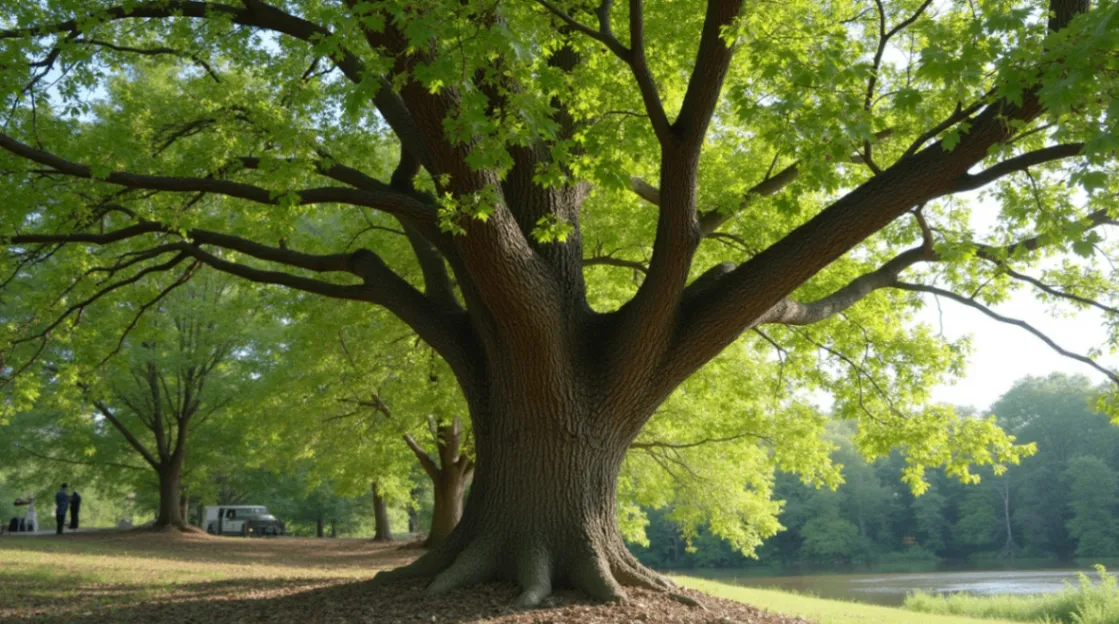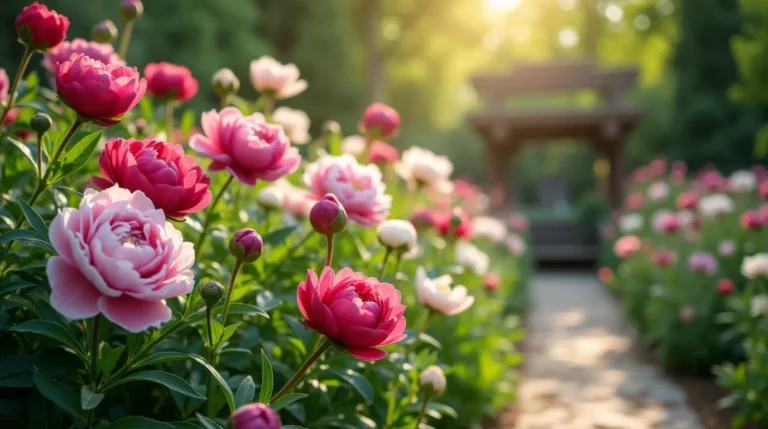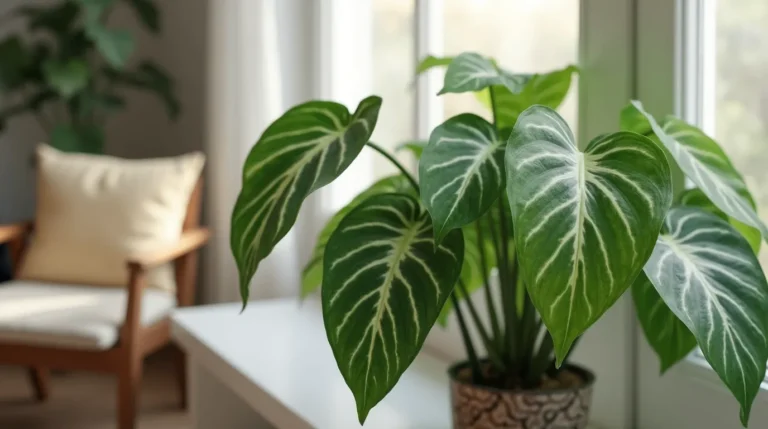How to Grow and Care for a Hackberry Tree: A Complete Guide
Recognizing the unique characteristics of the Hackberry tree can greatly enhance your knowledge and appreciation of this often-overlooked species. Known scientifically as Celtis occidentalis, the Hackberry tree is a resilient and adaptable tree found in various habitats across North America. For botanists, tree enthusiasts, and nature bloggers, mastering Hackberry identification is an enriching pursuit that not only enhances field experiences but also informs educational content. This guide will provide you with essential tips and insights to identify the Hackberry tree, understand its benefits, and explore its various uses and habitats. Join us on this journey to deepen your understanding of this remarkable tree species.
Introduction to Hackberry Trees
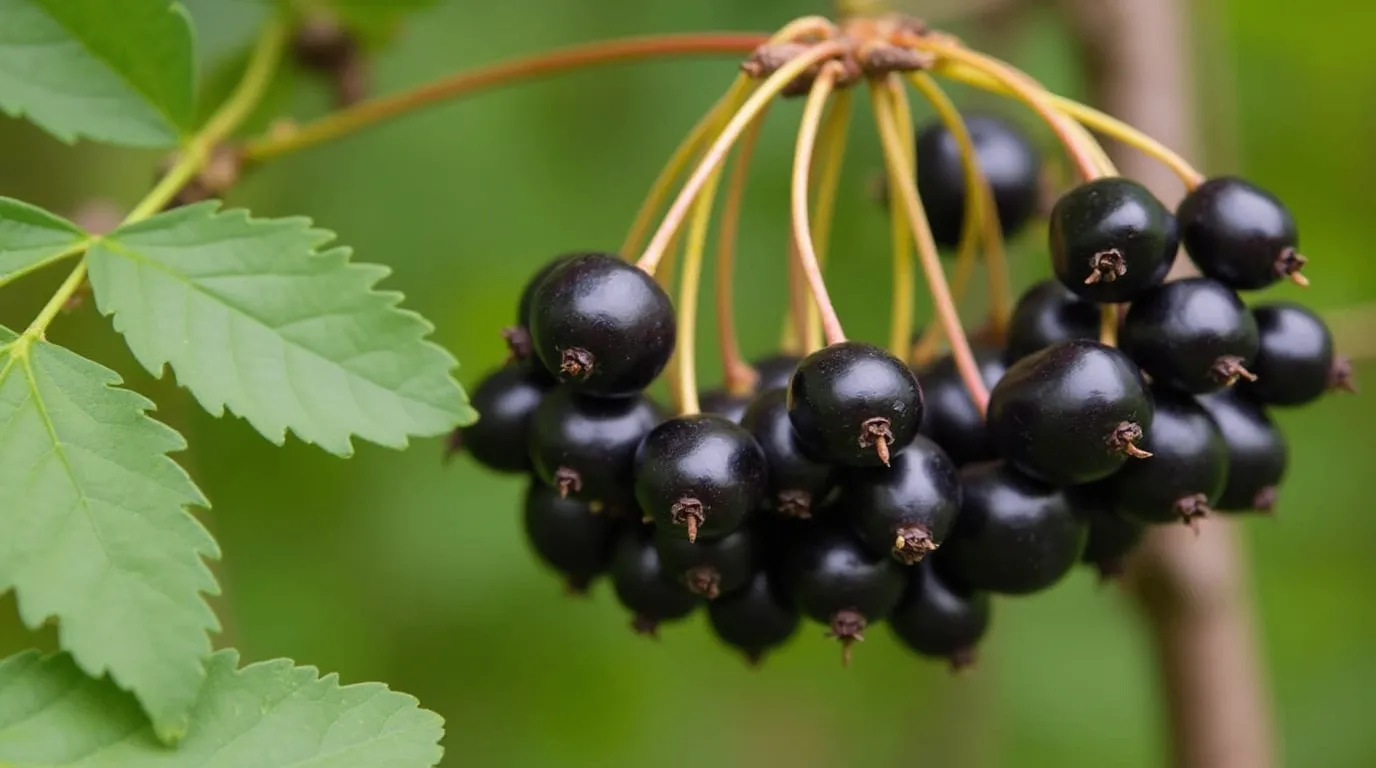
Understanding Celtis Occidentalis
Celtis occidentalis, commonly known as the Hackberry tree, is a deciduous tree native to North America. It thrives in various environments, from riverbanks to rocky hillsides, demonstrating its adaptability. The Hackberry tree can grow up to 60 feet tall and features a distinctive bark that is corky and warty, making it relatively easy to identify. Its leaves are simple, alternate, and have a lanceolate shape with serrated edges. During the fall, the leaves turn a yellowish hue, adding a splash of color to the landscape. The tree produces small, dark purple fruits that are not only a food source for wildlife but also add to its ornamental value. Understanding these characteristics is crucial for accurate Hackberry identification and appreciation of the tree’s role in its ecosystem.
Common Hackberry Identification Tips
Identifying the Hackberry tree involves observing several key features. First, examine the bark, which is grayish with distinctive ridges and a warty texture. This is one of the most consistent indicators. Next, look at the leaves; they are simple, alternate, and have a rough texture with serrated edges. The leaf base is asymmetrical, which is another telltale sign. In spring and summer, the tree produces small greenish flowers, which give way to dark purple berries in the fall. Additionally, Hackberry trees have a zigzag twig pattern, and their buds are small and triangular. These combined characteristics make Hackberry identification straightforward for those familiar with these traits. By paying attention to these details, botanists and tree enthusiasts can confidently distinguish Celtis occidentalis from other species.
Importance of Hackberry Trees
Hackberry trees play a vital role in their ecosystems, offering numerous benefits. These trees are a crucial food source for various wildlife, including birds and small mammals, which feed on their small, dark purple fruits. Additionally, Hackberry trees provide excellent shade and habitat for many species, contributing to biodiversity. From an environmental perspective, they are resilient and can thrive in both urban and rural settings, making them valuable for urban forestry and reforestation projects. Their deep root systems help prevent soil erosion, especially along riverbanks and slopes. Moreover, Hackberry trees are known for their ability to withstand pollution, drought, and poor soil conditions, making them a hard choice for landscaping and ecological restoration. Understanding the importance of Hackberry trees helps emphasize their conservation and propagation.
Hackberry Habitat and Growth
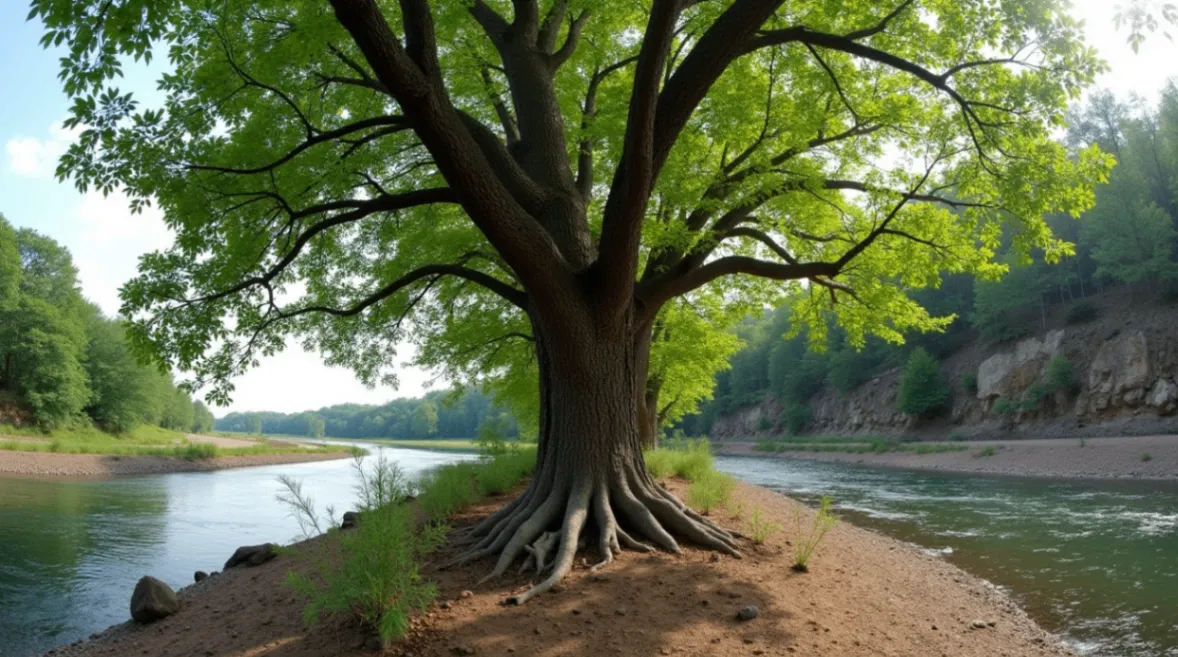
Native Regions of Hackberry
The Hackberry tree, or Celtis occidentalis, is predominantly found in North America. Its native range extends from the Great Plains in the west to the eastern United States, and from southern Canada down to northern Mexico. This wide distribution underscores the tree’s adaptability to diverse climates and soil conditions. Hackberry trees thrive in various habitats, including riverbanks, floodplains, rocky hillsides, and urban environments. They are especially common in the Midwest and Southern United States, where they are often seen in mixed hardwood forests. The tree’s ability to grow in both wet and dry conditions makes it a resilient species, capable of withstanding droughts and floods alike. Understanding the native regions of the Hackberry tree can provide valuable insights into its ecological preferences and help guide successful cultivation and conservation efforts.
Ideal Soil and Climate
The Hackberry tree is highly adaptable, thriving in a variety of soil types and climate conditions. Ideally, it prefers well-drained, fertile soils but can also grow in less optimal, compacted, and even alkaline soils. This adaptability makes Celtis occidentalis a versatile choice for different landscapes. In terms of climate, Hackberry trees are hardy in USDA zones 2 through 9, which means they can withstand a wide range of temperatures, from harsh northern winters to hot southern summers. They are moderately drought-tolerant once established, although they perform best with consistent moisture. Full sunlight is ideal for optimal growth, but Hackberry trees can also tolerate partial shade. Their resilience to urban pollution and ability to thrive in various environmental conditions make them a robust choice for both urban forestry and natural landscapes. Understanding the ideal soil and climate conditions for Hackberry trees can aid in their successful cultivation and care.
Hackberry Tree Growth Patterns
Hackberry trees exhibit distinctive growth patterns that make them easily recognizable and valuable for various landscapes. Typically, a Hackberry tree grows to a height of 40 to 60 feet, with a spread of about 40 feet, forming a broadly rounded crown. Their growth rate is moderate, adding about 12 to 24 inches in height per year. The tree’s branches often have a slightly zigzag pattern, contributing to its unique appearance. Young Hackberry trees may start with a more pyramidal shape, which becomes more rounded and irregular as they mature. The root system is extensive and deep, which helps the tree remain stable and resist drought conditions. Understanding these growth patterns is essential for proper planting and maintenance, ensuring that Hackberry trees reach their full potential in both urban and natural settings. Their hardiness and adaptability make them a reliable choice for adding shade and enhancing biodiversity.
Benefits and Uses of Hackberry
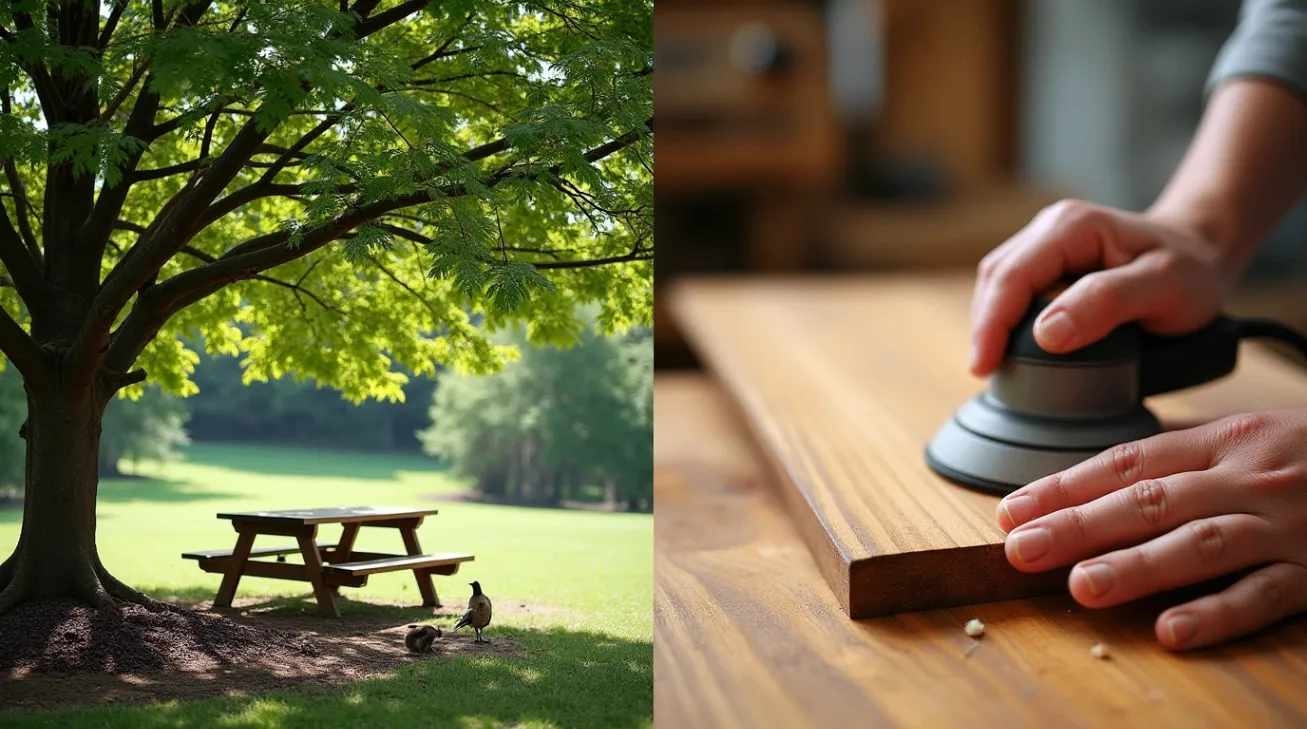
Ecological Benefits of Hackberry Trees
Hackberry trees offer numerous ecological benefits, making them a valuable component of their natural habitats. One of the primary benefits is their role as a food source for various wildlife species. Birds, such as cedar waxwings and robins, feed on the tree’s small, dark purple fruits, while mammals like squirrels and raccoons also enjoy them. Additionally, Hackberry trees provide essential habitat and nesting sites for a variety of bird species. Their extensive root systems help prevent soil erosion, particularly along riverbanks and slopes, contributing to overall soil health. Moreover, Hackberry trees are known for their resilience against pests, diseases, and harsh environmental conditions, which makes them a stable and reliable presence in diverse ecosystems. They also enhance air quality by filtering pollutants and generating oxygen. Understanding these ecological benefits underscores the importance of preserving and planting Hackberry trees in both urban and rural areas.
Practical Hackberry Uses
Hackberry trees are not only ecologically significant but also have practical uses that benefit humans. The wood of the Hackberry tree, though not as commercially valuable as some hardwoods, is used in the production of furniture, flooring, and cabinetry due to its workability and appealing grain. Additionally, Hackberry wood is sometimes utilized to make pallets and crates. Beyond its timber, the Hackberry tree’s fruits can be eaten raw or cooked, although they are small and mostly seeded. Historically, Native American tribes used the fruits to make porridge or ground them into a meal. The tree’s resilience and ability to thrive in various conditions also make it an excellent choice for urban landscaping, providing shade and improving air quality. Furthermore, the tree’s aesthetic appeal, with its unique bark and attractive foliage, makes it a popular choice for ornamental planting in parks and gardens. These practical uses highlight the versatility of the Hackberry tree.
Hackberry in Landscaping and Gardening
Hackberry trees are a valuable addition to landscaping and gardening due to their adaptability and aesthetic qualities. Their ability to thrive in various soil types and withstand urban pollution makes them ideal for city environments. When used in residential landscapes, Hackberry trees provide ample shade, which can help reduce cooling costs during hot summers. Their unique, corky bark and attractive leaf shape add visual interest year-round. In gardens, Hackberry trees can serve as focal points or background trees, complementing other plantings. Their moderate growth rate ensures that they reach maturity at a manageable pace, making them suitable for both small and large spaces. Additionally, Hackberry trees support local wildlife, attracting birds and beneficial insects, which can enhance the ecological balance of a garden. Understanding the benefits of planting Hackberry trees in landscaping and gardening can help homeowners and urban planners make informed decisions for sustainable and beautiful green spaces.

